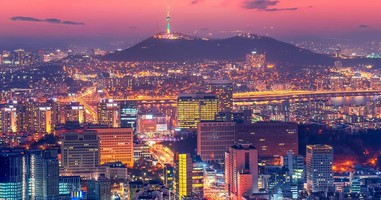
blogs
ENTERPRISE ≠ INDUSTRY
22 april 2021

The strategic agenda of states often includes “priority” sectoral initiatives, for example, for the development of the agro-industrial complex, tourism or petrochemistry. High expectations are created for industry indicators - GVA, exports, productivity, etc.
Goal-setting is based on the assumption that the industry is or will be. However, this is often a fundamental misconception.
An industry is a COLLECTION of enterprises that extract, manufacture or supply a HOMOGENEOUS or specific product using a SINGLE TECHNOLOGY. In immature economies, under the heading of "industries" are more isolated enterprises. This leads to an erroneous assumption about the presence of "average" industry indicators, as well as the substitution of industry problems with internal problems of the enterprise.
For Kazakhstan, even a cursory analysis shows that in a number of industries, indicators reflect the health of one or more established enterprises, rather than the aggregate. These enterprises are often the exception, as they were formed exogenously, during the Soviet era, or are examples of casual entrepreneurial talent. For example, more than 50% of tax revenues for the automotive, electronics, oil refining, pharmaceuticals and tobacco industries are accounted for by 1–2 enterprises, speaking of possible erroneous conclusions based on macro indicators of these industries.
Moreover, unlike the classic "industry", "industries" in Kazakhstan mean a whole range of goods and services, not to mention a different technological component, quality and price range. For example, Hyundai Accent and Cadillac Escalade cars target different consumers, while the cinema and restaurant are the same, although they have different CCEA.
As a result, the state policy to support the "industry" becomes a point and risky support for an individual enterprise. In such a model, non-market conditions for established players can kill the “industry” itself, preventing the emergence of new and more efficient owners. Critical mass is not being built, leaving the industry immature.
Can this path be called quality diversification?
all publications












